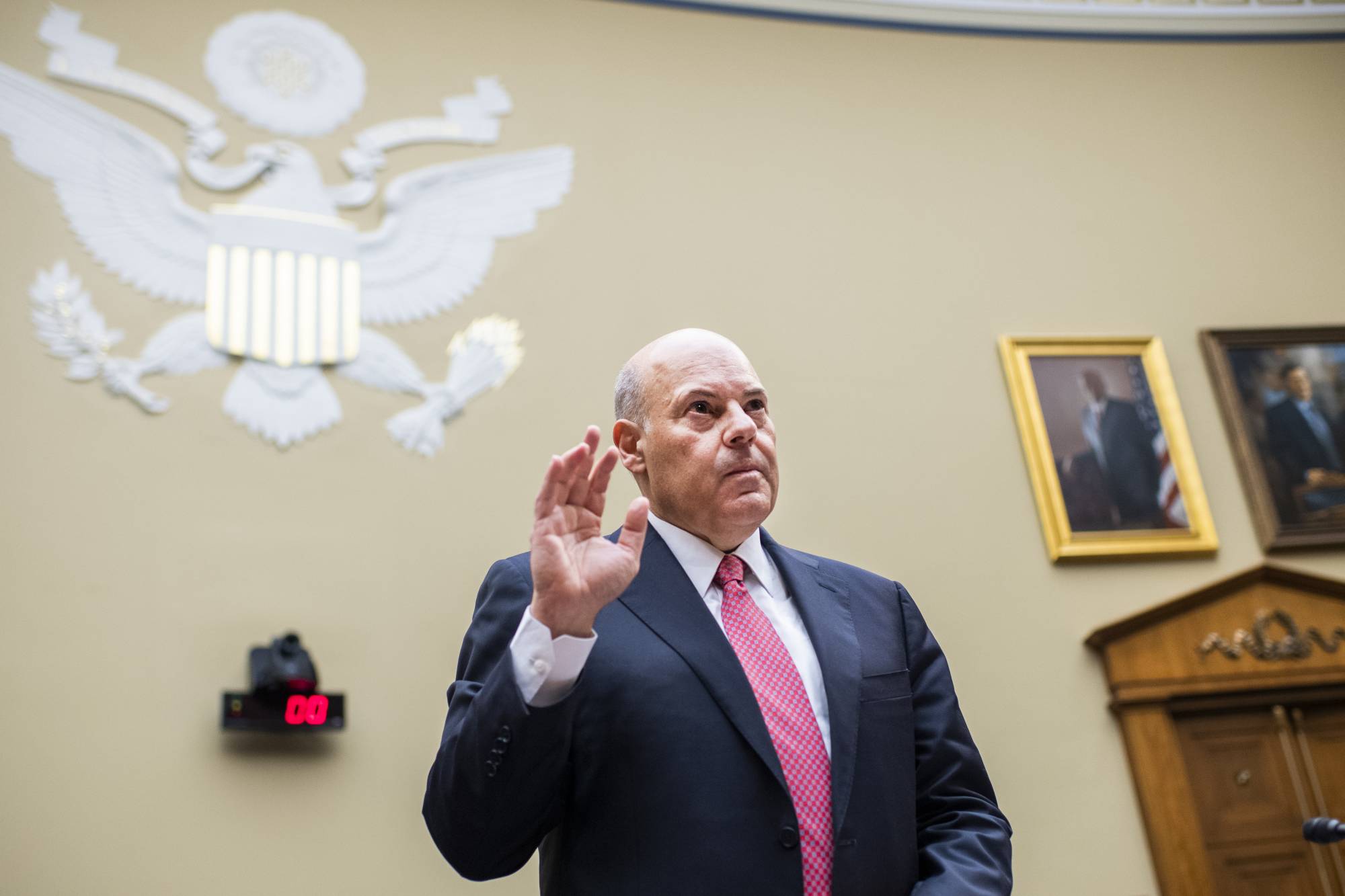Fund manager Q&A: Asset growth in target-date funds rising
Investment in target-date funds growing as more people take the set-it-and-forget-it approach to planning for retirement, but long-term performance still not pr...
When it comes to building their retirement nest egg, investors are increasingly betting on the set-it-and-forget-it approach of target-date funds.
Such funds, which are designed to minimize risk over time by gradually shifting from stocks to bonds as an investor’s retirement date nears, hit a record $880 billion in assets last year, according to Morningstar Research Services.
Target-date funds are the default option for many employee retirement plans, which has helped drive their growth.
The plans appeal to people who want to avoid the worry or responsibility of a hands-on approach to investing, another growing trend. Roughly two of every three dollars that went into target-date plans last year went those that focused on investing in index funds, which cost less because there’s no portfolio manager picking the investments.
Jeff Holt, associate director at Morningstar Research Services, weighs in on how target-date funds are faring and what investors should consider when weighing whether to put money into these types of funds. Questions and answers have been edited for length and clarity:
Q: What sets these funds apart from one another or from simply investing directly in another type of hands-off investment, like an index fund or ETF?
A: The distinguishing feature of target-date funds is the glide path, which reflects how they shift different asset classes over time. And that’s based upon the age of the investor. While they share that common thread of having a glide path and becoming more conservatively positioned, shifting from stocks to bonds over time, the manner in which they do it varies significantly.
Some will generally be heavier in stocks. Some will be lighter in stocks. Some will include certain asset classes and others won’t include those.
There are even more differences when you look at the sub-asset classes. On the equity side, there’s U.S. versus international stocks, or large-cap versus small-cap stocks. Even on the bond side, the use of high-yield bonds or Treasury inflation-protected securities. All of these are active decisions that a target-date (fund) provider is making in delivering a strategy for investors.
Q: How have target-date funds performed, on average?
A: Benchmarking is complicated with target-date funds because everyone has a different asset mix.
They don’t guarantee that an investor will have enough savings at retirement. What they’re designed to do is provide diversification across U.S. stocks, international stocks, bonds and to do so in a thoughtful manner.
Because of the diversification, target-date funds will never be the top performer. They should also not be the poorest performer. More or less it’s should give a balanced mix in terms of performance.
Q: What criteria should investors use to select a target-date fund?
A: Target-date investors generally don’t want to be involved with these investment decisions. But it’s still beneficial to get a general sense of what the glide path and overall philosophy is of the target-date fund that you’re in. Because there are significant differences between the different (fund) theories.
Q: You say it’s too soon to determine if target-date funds will prove effective over the long haul. What’s the concern here?
A: Target-date funds are meant to be a multi-decade investment. They’ve been around since the early 90s, but it was the Pension Protection Act of 2006 that really boosted interest in target-date funds.
So a lot of these strategies don’t have a long track record. They’re still not proven for certain that these strategies will deliver the returns that investors expect.
We’ve seen some promising signs. If you look at the investor return, which is an estimation of what the investor would have experienced, and then compare that to the total return of the fund, target-date funds have a positive gap, which is a good thing. More often than not, investors have a negative gap, and that’s because generally investors tend to follow performance. They’re buying high and selling low.
Just the construct of having a target-date fund and just continuing to contribute to a fund that will change over time has helped investors.
Copyright © 2024 Federal News Network. All rights reserved. This website is not intended for users located within the European Economic Area.





